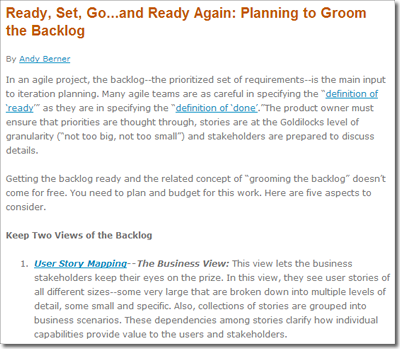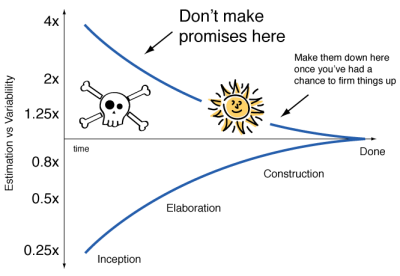How to Customize SLIM Charts to Make Them Presentation-Ready
Think of a time when you gave a presentation that did not go well. Was the actual content of your presentation subpar, or was it that something lacked in the delivery? More likely than not, your answer was the latter (after all, why would you present something if it wasn’t worthwhile?).
When putting together a presentation, I’ve found that the overall aesthetics can drastically impact how your message is received. Seemingly small things, such as displaying a graph that uses clashing colors or an undesirable font can sometimes overshadow the content you are trying to deliver.
In her recent blog post titled Customizing SLIM-Suite Workbooks, Katie Costantini discussed how the default workbooks in SLIM-Estimate, SLIM-Metrics, SLIM-MasterPlan, and SLIM-Control can be customized.
I applied the techniques outlined in her post to one of the Sample Files to give my presentation slides a more modern look and feel. Below is a ‘Before and After’ view of a sample SLIM-Metrics Workbook View.
Before:
After:


